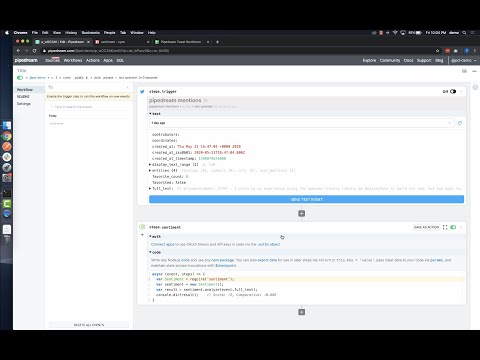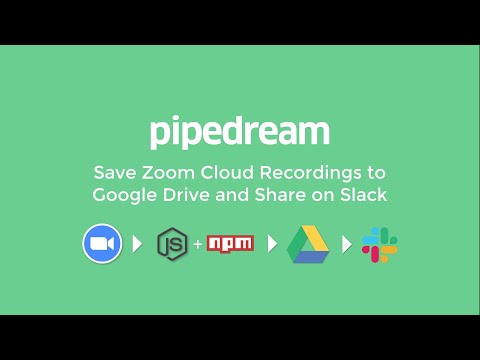What do you want to automate
with CodeQR and Google Sheets?
Prompt, edit and deploy AI agents that connect to CodeQR, Google Sheets and 3,000+ other apps in seconds.
Trusted by 1,000,000+ developers from startups to Fortune 500 companies
Popular Ways to Connect CodeQR with Google Sheets#
Popular CodeQR and Google Sheets Triggers#
Emit new event each time a comment is added to a spreadsheet.
Emit new event each time a row or rows are added to the bottom of a spreadsheet.
Emit new event each time a row or rows are added to the bottom of a spreadsheet.
Emit new event each time a row or cell is updated in a spreadsheet.
Popular CodeQR and Google Sheets Actions#
Creates a short link in CodeQR using the CodeQR API. See the documentation
Add a single row of data to Google Sheets. See the documentation
Creates a new QR Code in CodeQR using the QR Codes API. See the documentation
Add multiple rows of data to a Google Sheet. See the documentation
Deletes a short link in CodeQR by linkId or externalId. See the documentation
Overview of CodeQR#
The CodeQR API enables you to create and manage dynamic QR Codes, shorten URLs, capture leads, and track engagement through powerful analytics. By integrating CodeQR with Pipedream, you can automate the generation of QR Codes and short links across a wide range of workflows — from marketing automation to customer support — and seamlessly connect these actions to over 2,500 apps.
Connect CodeQR#
import { axios } from "@pipedream/platform"
export default defineComponent({
props: {
codeqr: {
type: "app",
app: "codeqr",
}
},
async run({steps, $}) {
return await axios($, {
url: `https://api.codeqr.io/links/count`,
headers: {
Authorization: `Bearer ${this.codeqr.$auth.oauth_access_token}`,
},
})
},
})
Overview of Google Sheets#
The Google Sheets API allows for the creation, reading, updating, and deletion of data within Google Sheets, enabling a robust platform for spreadsheet management and data manipulation. Through Pipedream, you can craft serverless workflows that respond to various triggers, such as webhook events, emails, or scheduled times, to interact with Google Sheets. This synergy can automate reporting, synchronize data across applications, manage inventory, track leads in a CRM, or even conduct survey analysis by updating and retrieving sheet data on the fly.
Connect Google Sheets#
import { axios } from "@pipedream/platform"
export default defineComponent({
props: {
google_sheets: {
type: "app",
app: "google_sheets",
}
},
async run({steps, $}) {
return await axios($, {
url: `https://www.googleapis.com/oauth2/v1/userinfo`,
headers: {
Authorization: `Bearer ${this.google_sheets.$auth.oauth_access_token}`,
},
})
},
})
Related Videos#



Community Posts#


